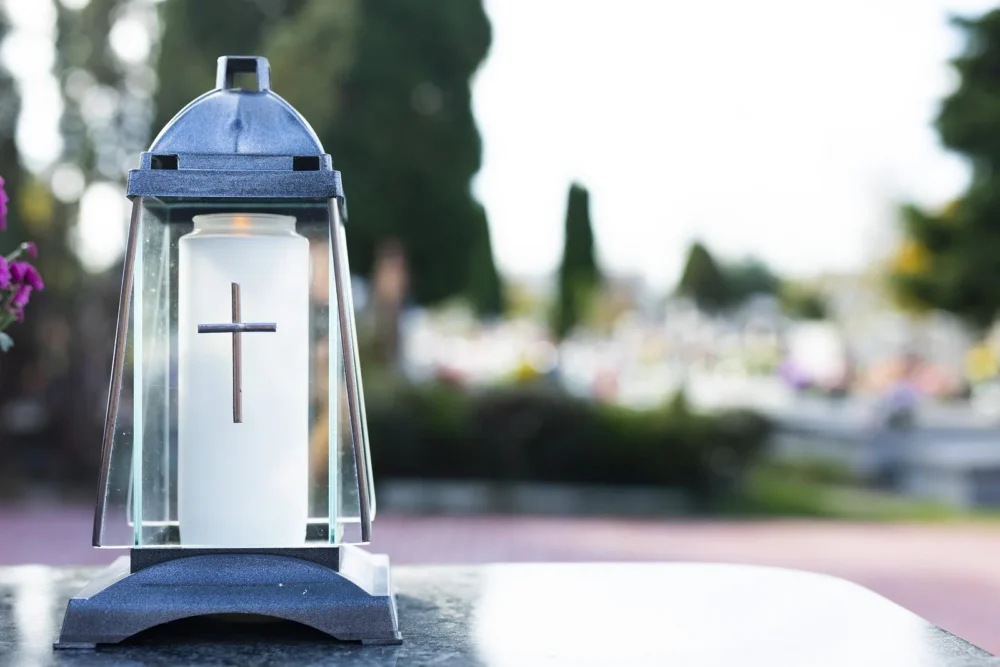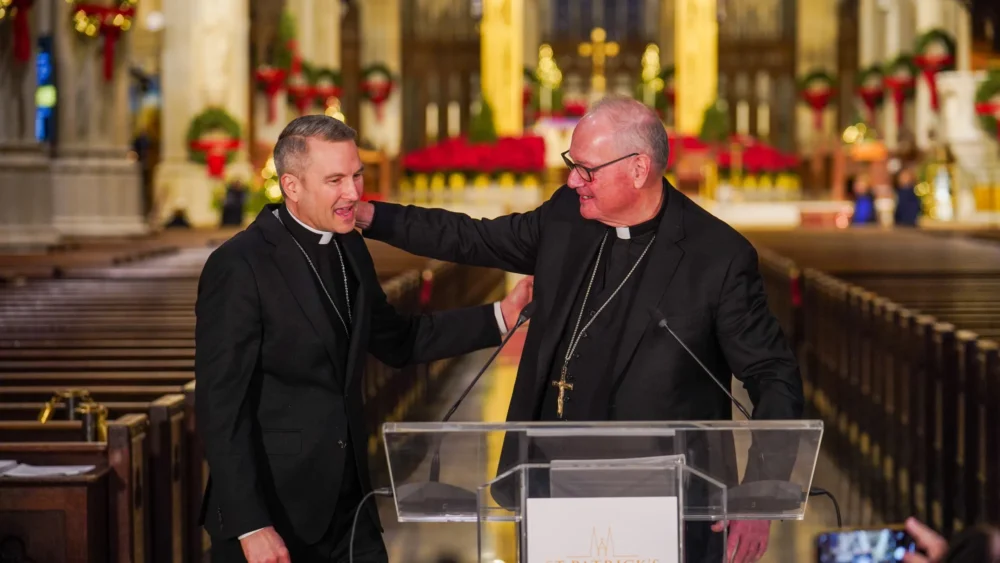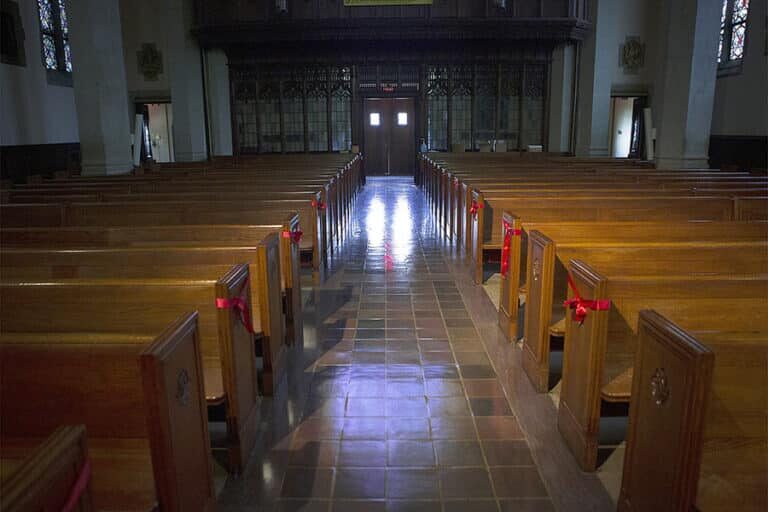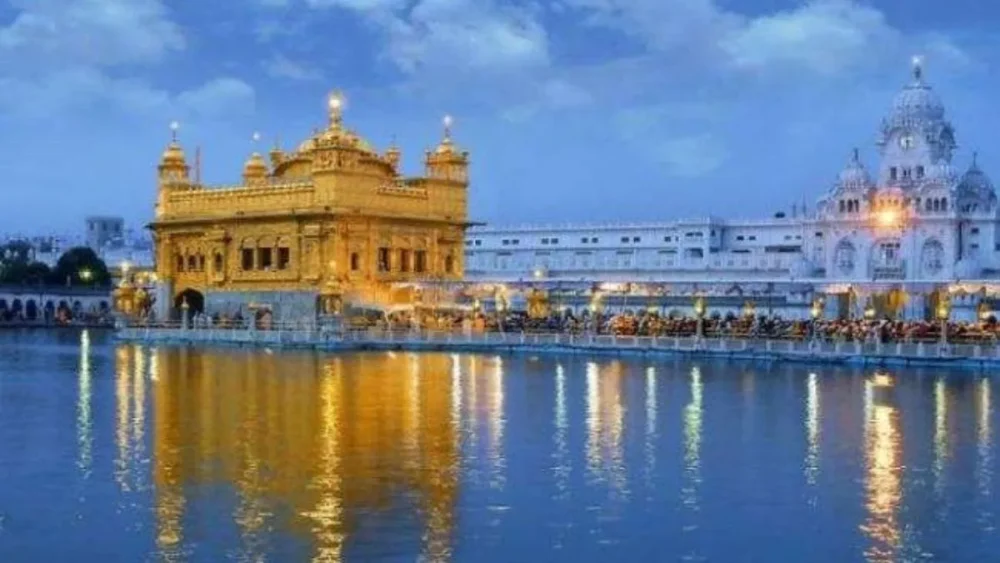Catholics observe All Souls’ Day on November 2 as a day to remember and pray for those who have passed away. This tradition stems from a profound belief in the enduring connection between the living and the dead within the Church, known as the Communion of Saints. This bond unites the living faithful, the saints in heaven, and souls undergoing purification, reflecting Christ’s love that transcends death.
The practice of praying for the dead is deeply rooted in Scripture. For instance, 2 Maccabees 12:44-46 recounts how Judas Maccabeus prayed for fallen soldiers, an early biblical testament to the belief in prayers aiding the departed. Jesus’ reference to forgiveness “in the age to come” (Matthew 12:32) implies the possibility of purification after death. Saint Paul also speaks of a refining fire testing one’s works (1 Corinthians 3:13-15), which the Church interprets as the cleansing love of God in purgatory rather than punishment.
According to the Catechism of the Catholic Church, all who die in God’s friendship but still need purification undergo this process after death to be ready for heaven. The Church honors the dead by offering prayers, almsgiving, and indulgences on their behalf, making prayer for the deceased a vital act of mercy.
Saints throughout history have exemplified this devotion. Saint Augustine requested prayers for his soul, while Saint John Chrysostom affirmed their spiritual benefit. These examples highlight that praying for the dead has been an integral Christian practice since the Church’s earliest days.
When Catholics pray for the dead, whether through Masses, devotions like the Divine Mercy Chaplet, or personal prayers, they express ongoing love and hope in God’s mercy. Prayer becomes praise if the soul is in heaven, aid if in purification, and a plea for justice if the soul has turned away from God.
This living hope animates the Christian understanding of death, transforming grief into a confident trust in eternal life and mercy.















